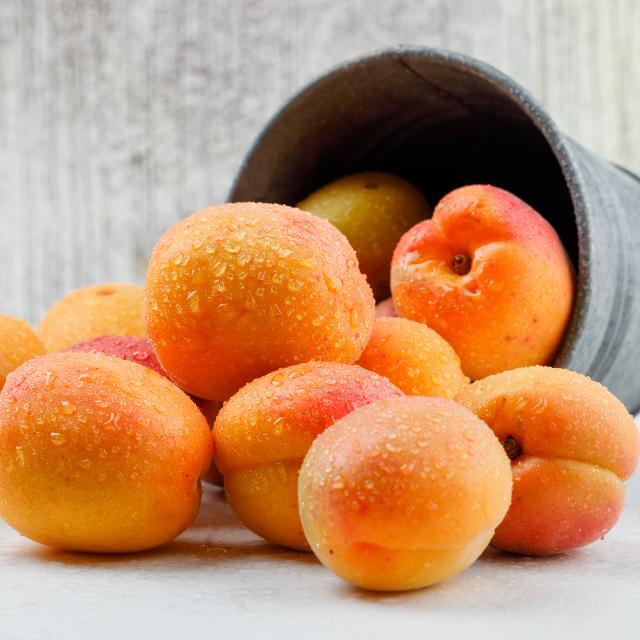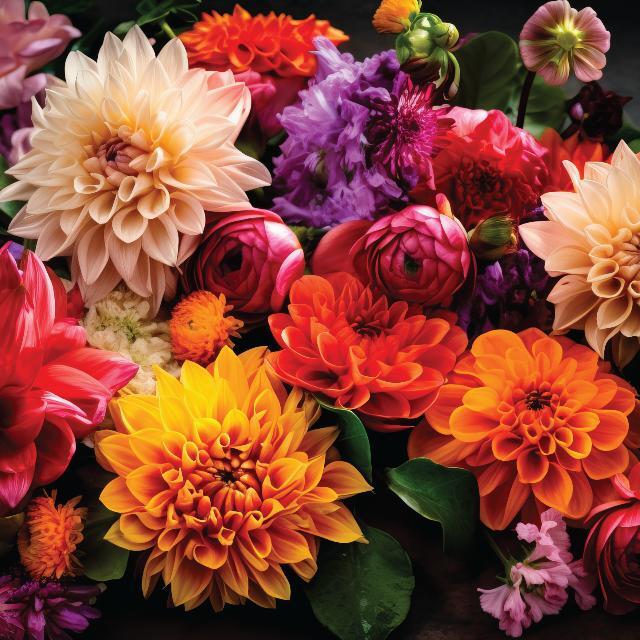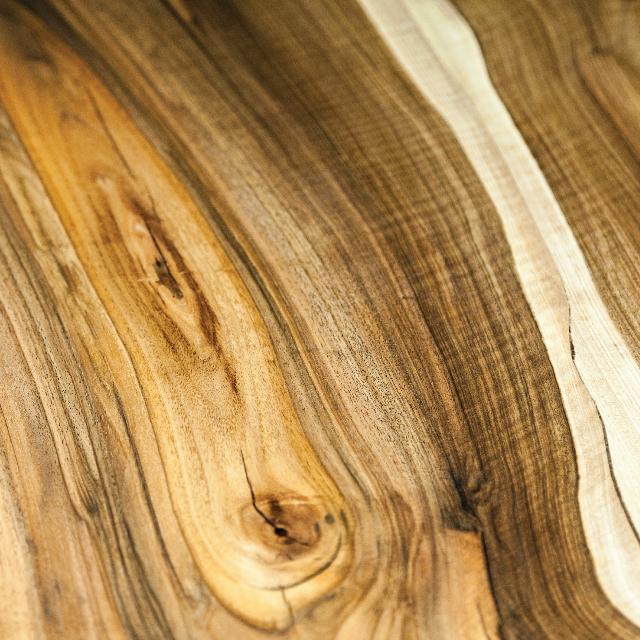On the nose, the wine opens with aromas of ripe peach and apricot, with a fragrant floral undertone. This is layered with subtle notes of toasted almond and a hint of vanilla. The palate is generous with the creamy texture working beautifully with the vibrant acidity. Layers of pear, honeyed citrus, and golden delicious apple.
The oak influence is evident but impeccably integrated, offering nuances of nutmeg and a hint of flint and smokiness that adds depth and dimension to the wine. The finish is long and lingering, leaving a lasting impression of well-balanced richness and finesse.
The oak influence is evident but impeccably integrated, offering nuances of nutmeg and a hint of flint and smokiness that adds depth and dimension to the wine. The finish is long and lingering, leaving a lasting impression of well-balanced richness and finesse.
The grapes were picked in three different passes in order to achieve optimum ripeness and balance in the final wine. The grapes were handpicked in the early morning hours, with bunch selection done in the vineyard. The fruit was cooled down and then gently pressed, the whole bunch, and the juice was settled overnight without the use of settling enzymes.
Fermentation occurred naturally in French oak barrels (20% new), using indigenous yeasts, with about 20% of the volume completing malolactic fermentation. The wine was aged on its lees in barrel for 10 months, without batonage.
Winemaker: Carl van der Merwe
Fermentation occurred naturally in French oak barrels (20% new), using indigenous yeasts, with about 20% of the volume completing malolactic fermentation. The wine was aged on its lees in barrel for 10 months, without batonage.
Winemaker: Carl van der Merwe
DeMorgenzon, ‘the morning sun,’ was so named as it is the first part of the Stellenboschkloof valley to see the sun because of its high altitude and aspects. We cover the top southern and eastern slopes of Ribbokkop, overlooking the pinnacle of Kanonkop from where a cannon was fired to alert the farms in the region that a ship had put into Table Bay. The first road from Cape Town to Stellenbosch ran through the Stellenbosch Kloof.
In 2003 Wendy and Hylton Appelbaum bought DeMorgenzon and have since transformed DeMorgenzon into a 224-acre garden vineyard, where abundant wildflowers grow between the vines.
In 2003 Wendy and Hylton Appelbaum bought DeMorgenzon and have since transformed DeMorgenzon into a 224-acre garden vineyard, where abundant wildflowers grow between the vines.








